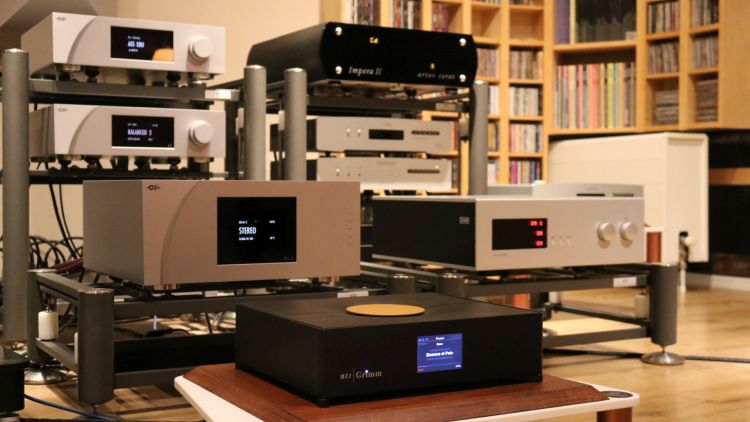
Aries Cerat Incito S
When Ron Ploeger of Callas Audio asked me if I was interested in reviewing the Aries Cerat Incito S preamp (14.200 euro), I had no experience with the brand just yet. Little did I know that this preamp would get me a proper slice of heaven as it showed me very adeptly what I had been missing out on.
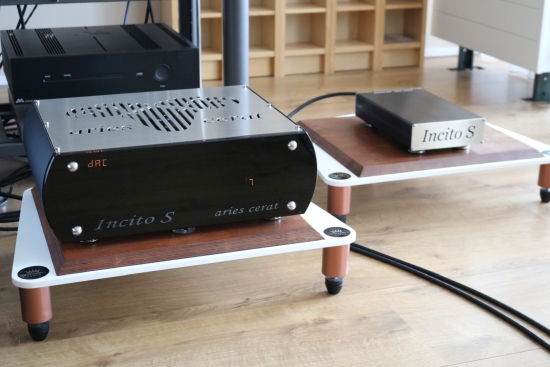
In the C1 DAC, the volume control is implemented in a hybrid analog/digital fashion which entails that the DAC automatically switches to the nearest of three analog values based upon the volume level setting and fine-adjust in the digital domain. Thanks to this clever system and the C1’s inherently refined sound, this was the first DAC that I could successfully use without an analog preamp. Contrary to earlier attempts with (now classic) Wadia CD players and DACs, the direct C1 connection resulted in superbly well-defined bass without having to put up with grainy treble in return.
But when the volume is controlled in the digital domain, bits are discarded, which does reduce the resolution. Because my recently optimized acoustics have resulted in significantly less smear, it is possible that this aspect became more noticeable. Or perhaps the more neutral room now simply illustrates why taking the DAC-direct route can be one shortcut too many. In any case, there is no denying that the Incito S preamp managed to present the music with more refinement, better fluidity, and the Incito S also presented the music with significantly deeper soundstaging. Was all of this the result of not using digital volume control or was there something else going on? Does the preamp add a euphoric coloration that I just find pleasant? Well, maybe in the sense of enriched harmonics, but the sound was still very neutral and well as very highly resolving. As a matter of fact, not only was there now a higher level of refinement, but I’d swear that there was also higher resolution in the treble! Even if this would not technically be the case, the only thing that matters is still how the listener experiences it, right?
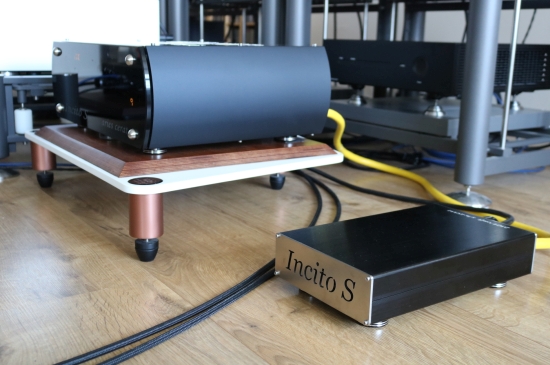
Perhaps more importantly, with many musical styles, I found that I was now feeling the music at an entirely different level. With some music, though, in spite of a very powerful presentation, I felt that the bass became rounder, less incisive, and more mellow. Of course, it will be hard for any preamp, be it tube or solid-state, to leave the bass precision 100% intact. This final aspect is a very personal one. Irrespective, I was so impressed with the Incito S that I proclaimed it “The best analog preamp that I have heard so far, irrespective of the cost.”
For those who strongly value bass tightness and control, tubes may never be ideal and transistors may be more suited… again, or so I thought!
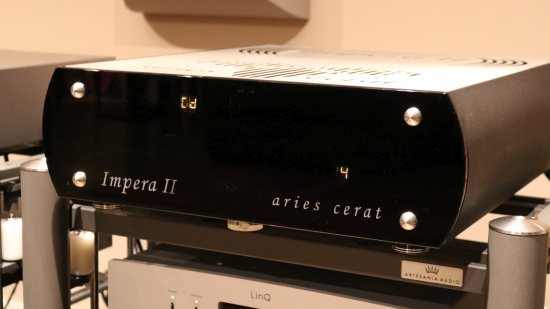
Aries Cerat Impera Reference
After having reviewed the Incito S, I was forewarned by distributor Michel Warlop of Ultisone that every higher-tier Aries Cerat model comfortably outperforms the one below it. But that’s what every manufacturer claims, right? So, to be honest, when switching from Incito S to Impera Reference (22.000 euro), I just expected to hear the same sound with some improvements in certain areas. Well, that’s not what happened at all. Instead, the Impera offered a much more robust sound in terms of solidity in the bass and with respect to the dynamics and the overall confidence and authority. The Impera has a positively impactful and bouncy presentation with amazing slam and impressive dynamics.
The Impera’s bass is not only more robust, but also more cleanly chiseled, and actually, for the first time ever with a tube preamp, I can’t say that the bass has lost any of its speed, slam, or attack when moving from a direct C1 DAC to A1.5 power amp pairing to the Aqua Formula xHD DAC via the Impera preamp with the CH A1.5 power amp. I have to admit that these findings truly gave me pause and even made me seriously rethink my amplification strategy.
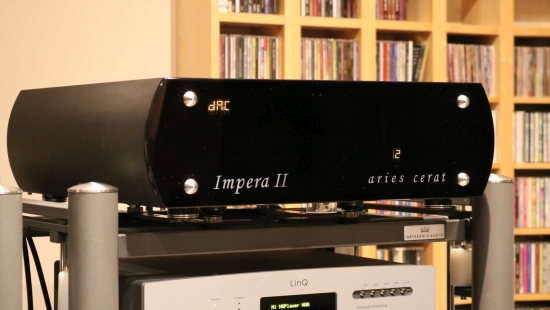
Fair is fair, via the Impera preamp, the sound is fuller and more colored and, let’s say more characterful than the ultra-neutral direct connection, but it still comes across as entirely neutral in its own right, and arguably more natural. When moving back to the direct DAC connection, the sound is leaner and cooler, significantly drier, and tonally less saturated. In other words, it’s cleaner and more neutral but less inviting. It’s that I know that the C1 isn’t inherently gray, it’s actually quite full and saturated as DACs go, but now it sure sounded like it. Especially vocals take on a sense of humanity that is strongly diminished with the DAC-direct route. In addition, the resolution remained all the way up there while the refinement was improved. Listening for longer, I can still appreciate the clean CH delivery with its even more articulate bass and more precise rendition of transients while fortunately still finding my foot bouncing, meaning that the pacing is still intact. But there’s no denying that the emotional involvement did take a couple of steps back.
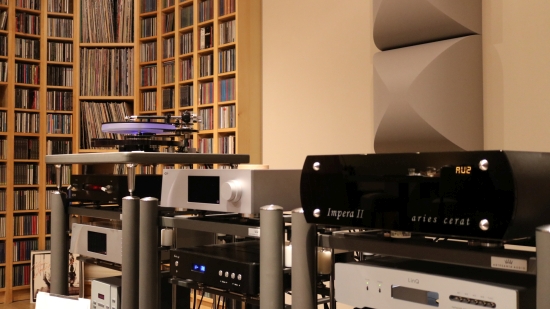
I’ve often experienced that you can’t beat tubes when pure musical involvement and a deep emotional connection are the main objectives. But each and every time that I tried it, I would be ecstatic at first only to be disappointed later, because the bass was simply not as fast, articulate, and incisive as I like it. This is one of the areas in which transistor equipment has so far had the advantage. One could rightfully suspect a preamp like the Impera Reference that employs a Transformer Volume Control followed by a tube stage and a transformer-coupled output to result in a softened and rounded sound. But this preamp simply proves the opposite by actually sounding even more potent and robust than the C1 DAC by itself.
After hearing the Impera Reference whilst having already pronounced the Incito S the best preamp yet, I had painted myself right into a corner. In comparison, the Incito S was now relatively less magnificent and thus it had to hand the crown to its bigger brother. But at its relatively “affordable” price point, the Incito S certainly still offers magnificent performance. It’s just that if you spend more, it can get even better.
Read the extensive review to find out just how impressed I am with the Impera Reference.
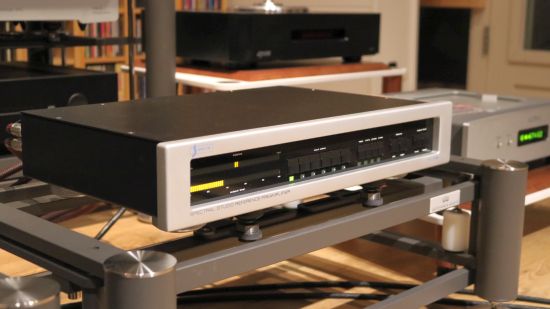
Spectral 30SV
After the positive experiences with the Aries Cerat preamplifiers which are both tube preamps, I felt compelled to investigate what the transistor camp would have to offer.
The first solid-state candidate was the Spectral 30SV (24.500 euro), which is one model behind the currently available model 30SV S2. The 30SV was made available for this test by audio buddy Niels, who had previously owned the 30SS. As I noted earlier during a listening session with both models in his Magico Q5 system, the SV has massively improved bass control, solidity, and drive, compared to its predecessor the 30SS. Upon learning that there was a successor, I approached the Dutch distributor to also get the latest 30 SV2 model in for review, but alas, it wasn’t available.
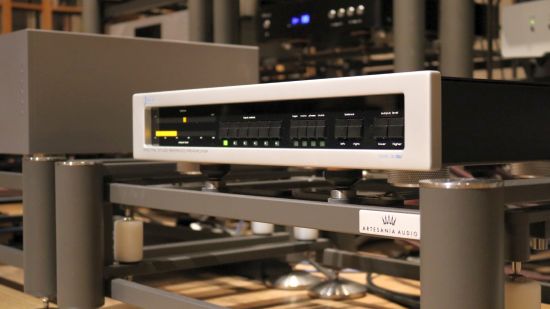
In my own system, surprisingly, the Spectral 30SV has an overall full tonal balance that is quite similar to the Impera Reference. It’s liquid, rich, and tonally well-saturated. Some Spectral power amplifiers are known to sound lean but this is most definitely not the case with this preamp, not even when it’s cold. I should note that after having been allowed to cool off, it does need several hours to achieve its full capacity in terms of speed, tightness, focus, and expression. Before that, it sounds overly sweet and relaxed. But the same is true for many tube products, and the Impera behaves similarly.
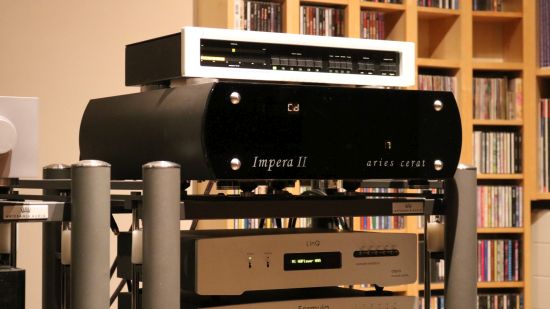
Like the Aries Cerat, the Spectral is neither slow nor hurried. The difference is in the bass control where the Spectral is tighter, more incisive, and more precise. The Impera Reference has just as much bass fullness and drive, though, and although it is slightly less precise and articulate, it is just as upbeat and dynamic.
In terms of focus, the two preamps are comparable and the Impera does not beat the Spectral in terms of resolution, transparency, or focus, but it does create a deeper soundstage and it has a more free-breathing overall presentation.
When comparing the directly-connected C1 DAC to the DAC via the Spectral preamp, you lose very little in terms of dynamics, detail, transparency, or refinement but the 30SV does add a gentle dose of smoothness and sweetness while the bass gets subtly rounded.
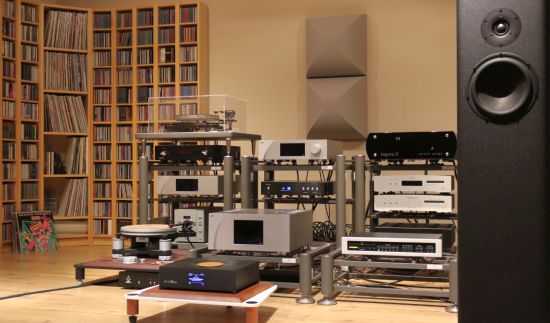
So far, this may seem a bit like a head-to-head matter, but even if the overall delivery is relatively similar, the Spectral is still a transistor preamp, and this shows in an almost unconscious manner. In a quick A-B comparison, you’re likely to be pleasantly surprised and wonder why one should even opt for tubes, but a few moments later, you realize that the transistor preamp also sounds more stilted, less lyrical and magical, and just a little bit more matter of fact. Still, like the two Aries Cerat preamps, the Spectral does certainly improve on the DAC-direct route by injecting the music with a gorgeous fluidity and liquidity, along with super-refined treble.
The preamp’s most alluring quality is that it sounds liquid and refined and tonally saturated while remaining very neutral. And even if the resolution is impeccable, the Spectral has a gently sweet and forgiving nature. I was certainly very pleasantly surprised by this preamp’s performance.
Next: CH Precision L1

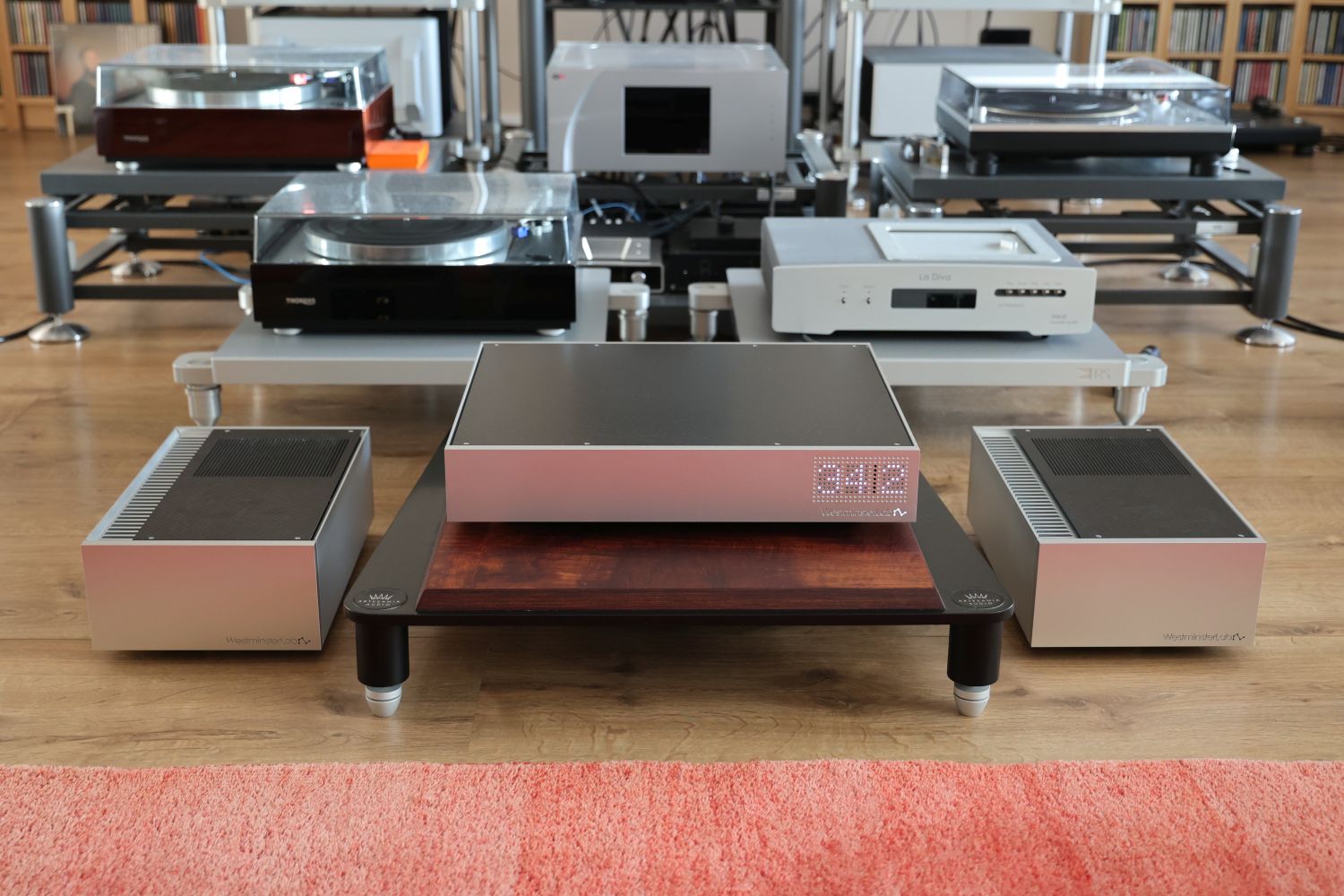
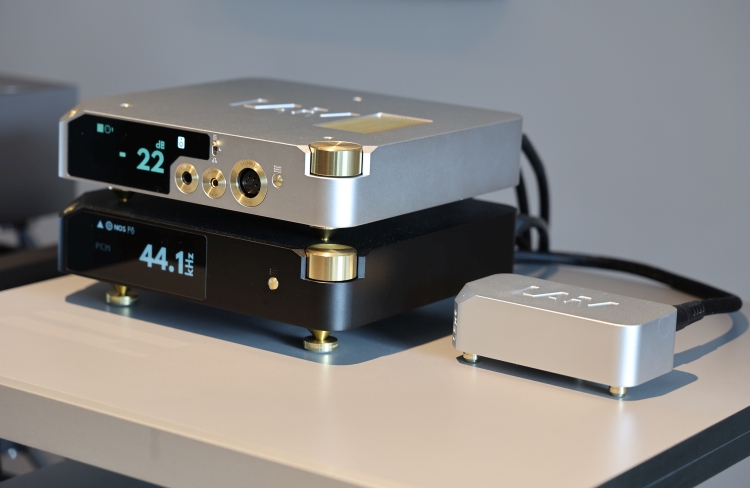
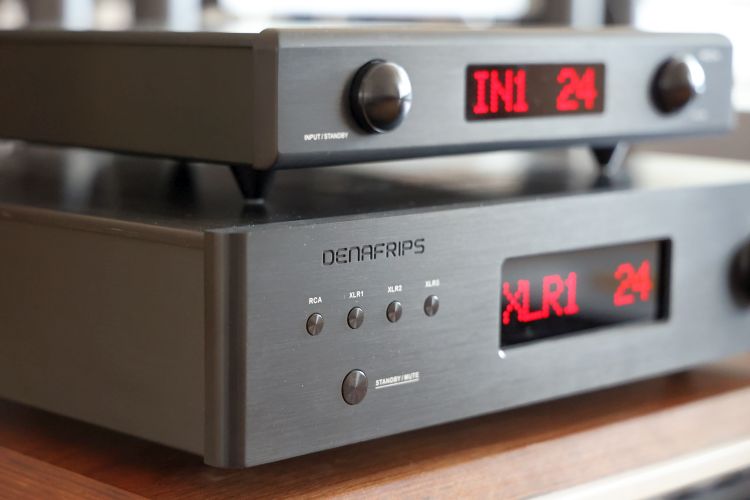
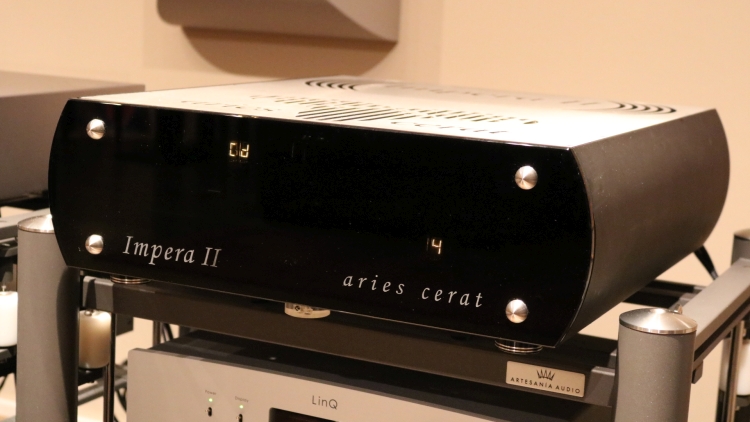
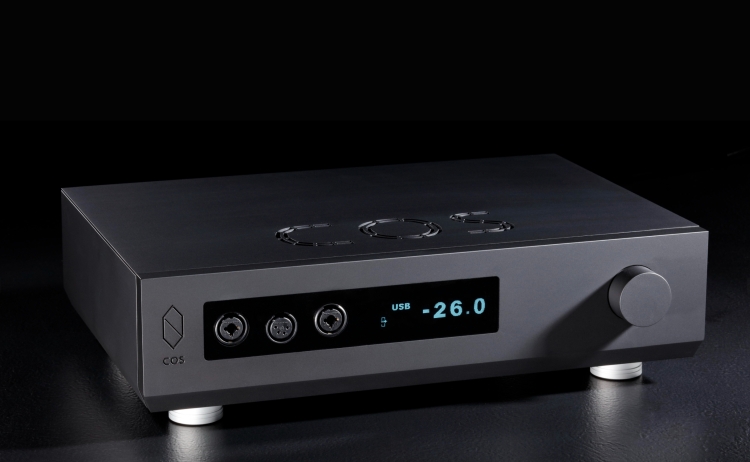
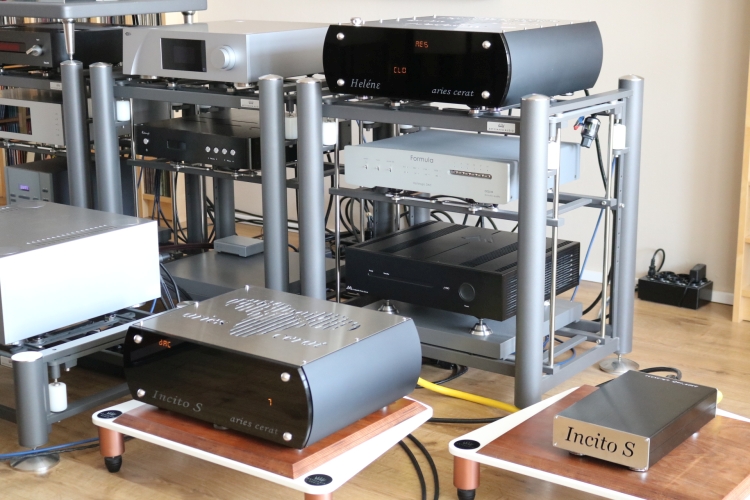
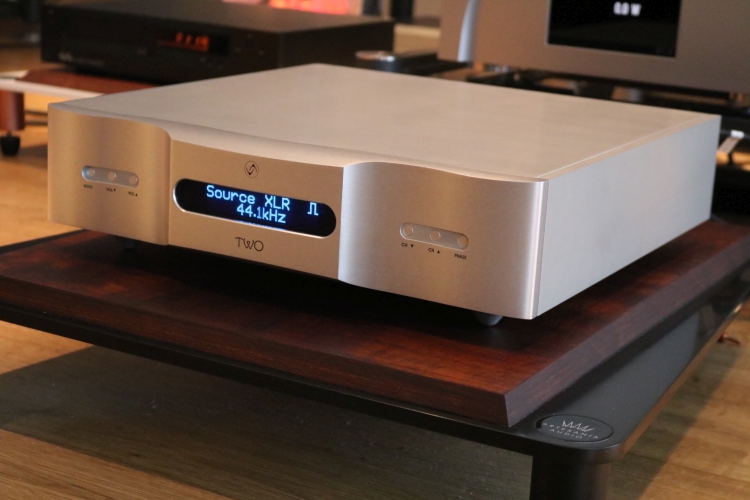
Thanks for this very interesting review. It made me put away thoughts that my VTL 7.5 III should be sold. No, it’s a keeper although I’m very happy with the preamp performance of my Lumin P1.
Very important topic. Thank you for sharing. I can understand the benefits of adding a dedicated high performance preamp to a digital-source system. Is this also the case with vinyl playback? Did you find audible differences when playing vinyl using the Stealth preamp vs. the rest of the reviewed preamps?
Good question! Well, I was pleasantly surprised when I used the CH L1 instead of the Stealth. I was expecting a lean and perhaps even dry or technical / non-analog sound but what I got was better than the Stealth in very nearly all respects, especially air and refinement but even in terms of soundstage depth, bass conviction, and fluidity. Of course, the Stealth does sound considerably fuller but on balance I much prefer the L1.
What is your take in using the Grimm Audio MU1 as volume control and leaving out a dedicated preamp?
While I have not tried this with the Grimm, and it might work very well, I suspect that it would not yield better results than when using the C1’s hybrid analog/digital volume control. Going from my experience so far, any digital volume control just won’t yield the same result as adding a state-of-the-art analog preamp.
Christian a great idea for an article thank you and some nice comparisons. And nice to read something about Spectral for such a longstanding and important American manufacturer they seem to get zero press. I am a preamp guy all the way and tubes please.
That being said I was ferreting out some system noise a few months back so did some bypass tests. With my streamer, Auralic Aries Mini, controlling volume and running my Dac direct to my amp the sound was much better than expected. I certainly missed some of the body and bass of my preamp but transparency was quite excellent.
I wouldn’t want to be without a preamp but it’s nice to know that option is there!
Cheers,
Jon
Hi Jon, indeed, in many cases, an analog preamp is no longer a hard requirement. But there is an important difference between requirement and benefit. 🙂
It is a very good thing to compare the products between them. This corresponds more to the reality of an audiophile. Regards
Hi Christiaan, maybe you should review the current AR Ref 6 SE instead of the rather old Ref 5 one day. Regards
Hi Oliver, I tried to get the Ref6SE in for review but it was not available. The Ref5 was my makeshift solution to that problem.
The room in that first photo hurts to look at. I can hear the reflections from here, you might as well put $150 speakers in there.
There are no first reflections here. I think the photo creates the illusion that the speakers are enclosed between hard walls which they are not. They are positioned nearly halfway into the room (over 3 meters from the rear wall) and past the horizontal position where both of the side walls cave out and the room becomes several meters wider. The corner in the right rear side (over 4 meters from the sweet spot) is heavily treated with bass traps. See the system setup for a better impression.
Hiya Christiaan after getting audio gd master 1 pre as you rated it highly and after hearing yourself and others keep on banging on about benefits of a good analog pre I managed to source a holo serene omg I now get all ya 🤣 your not all that crazy after all now I need to take a deep breath and spend some on cables 😫 they seem ridiculously expensive 😳
System Mano ultra 3 and holo may dac2 serene atc active tower 50s xlr cable all van damme
What a great read thank you. My system is Ch C1.2 +X1 Powersupply + CH m1.1 stereo power + Sonus Faber il Cremonese ex3me + Kubala Sosna Elation Cables. I am so happy with the set up and did not think to add a pre amp up to reading your article 🙂 What will be the benefit if i add L1 to my system? Do you think is it more benefitial or adding another M1.1 to go with mono is? I like refinement,detail and soundstage depth most in any system. Thank you and best…
Hi Ahmed, it depends on what you are after. An extra poweramp will give you more authority, realism, and other benefits. Adding the L1 will bring more fluidity, air, and refinement. See also my initial C1 + A1 review in which I compare the difference between one or two A1 amplifiers, as well as my L1 review in which I dive deeper into what makes the preamp so special.
Thank you i will look at your other post now.
Mos people using C1.2 as pre with M1.1 or A1.5 says i sould decrease the gain of M1.1 at least to -6db in order to şisten the sweet spot analog section of C1.2. Is it parallel with your findings? They refer to CH rtech servise that to reduce amp gain to -6 db will make you listen c1.2 in its optimal range( -15 to -5 db)
Yes, to get the C1 working in its ideal upper volume range, you can indeed lower the gain on the power amp(s), however, that will have its own effect, reducing the sense of snap and attack. The sound will be more refined and fluid but relatively less foreful. There is no true right or wrong, just use what you find sounds best.
Christiaan,
Thank you for your fascinating in depth analysis. What is your take on using the Soulution 760 as volume control, leaving out a dedicated preamp? As I have been using an Aurender W20SE & haven’t played a CD in almost 2 years, I recently replaced my Ayre KX-R Twenty Preamp / VX-R Twenty Amp with the 760 DAC and 711+ amplifier and note no dryness or edge in the high end and mid-range with the added benefit of a deeper, tighter gripping bass. My understanding is that much of the 760’s design is based on the 725.
Hi Lloyd, alas, I have no personal experience with the Soulution 760 DAC. I know from my C1.2 DAC that it sounds superb without an analog preamp, but more fluid and refined with the L1 preamp (albeit slightly more light-footed). Given that the 760 has a digital volume control, I imagine it would provide similar benefits and downsides.
In other experiments, I repeatedly found that adding an analog preamp still brings gains, even if the DAC contains a fully preamp-worthy output stage. Although, there is a nuance to be made, of course, as we are looking for a balance, and it depends on which aspects of sound you value most. Adding a preamp also adds complexity and more influence from cables.
If you are not hearing any dryness, roughness, or lack of resolution at lower volume levels, and you feel the sound is fluid and refined enough, then it might nog be worth adding an analog preamp.
You may also want to read my Playback Designs and Vermeer Audio reviews, for more impressions of using built-in volume control.
Another excellent preamplifier based on a very forward-thinking design (described at length in its owner’s manual) is the CODA 07x Preamplifier, which I use in conjunction with its companion–piece CODA S5.5 Precision Class A Stereo Power Amplifier (50 Watts RMS into 8 ohms / 100 Watts RMS into 4 Ohms PER CHANNEL). I will be teaming this pre-amp/power amp pairing with the latest Playback Designs MPD-8 Dream DAC.